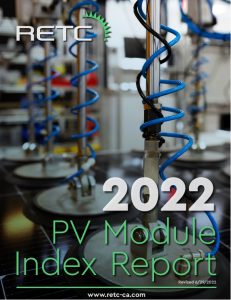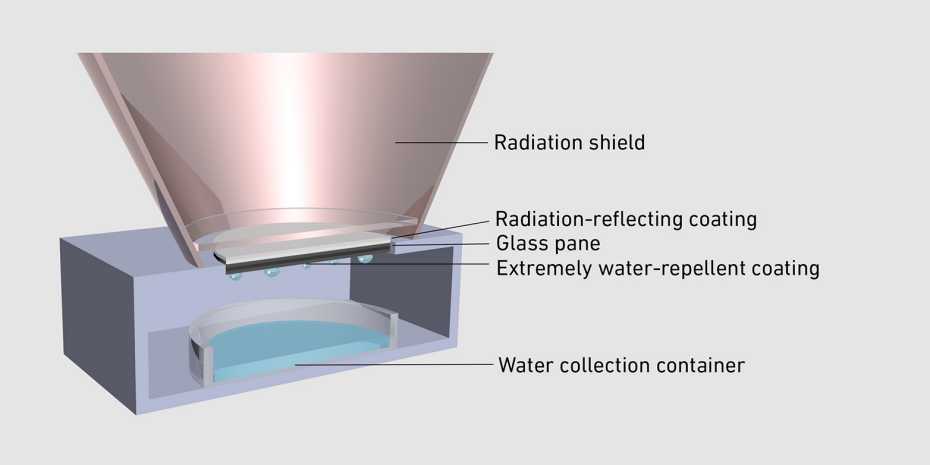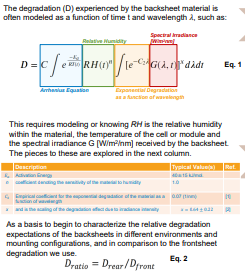 “Everyone wants as much power as possible on the module nameplate as a positive evaluation,” explains Kenneth Sauer, senior engineer at VDE America. “Thanks to higher no-load voltage values, we achieve higher efficiencies and rated power. this will likely move manufacturers to n-type and TOPCon cell designs.
“Everyone wants as much power as possible on the module nameplate as a positive evaluation,” explains Kenneth Sauer, senior engineer at VDE America. “Thanks to higher no-load voltage values, we achieve higher efficiencies and rated power. this will likely move manufacturers to n-type and TOPCon cell designs.
We’re not trying to sound the alarm for no reason,” said Cherif Kedir, Managing Director of RETC. “We just want to test the potential for UV degradation to educate ourselves and the industry. If there are no problems, we can all get on with our lives.”
Kedir recommends that module manufacturers perform accelerated UVID testing as part of technical due diligence. If the cells’ passivation layers are not set properly, they can collapse under this stress. He recommends evaluating each new cell design on a case-by-case basis. “If there is a problem, we will publish a report so that the industry can address the issue,” he said.
Researchers at the SLAC National Accelerator Laboratory and the National Renewable Energy Laboratory (NREL) have documented the power dissipation of these front and rear panel technologies. The data do not point to a single degradation mechanism, but rather suggest that different cell designs degrade via different pathways, the US investigators say in the report.
“Today, for example, engineers and financiers consider p-type mono PERC PV modules to be stable and low-risk technology. This assessment was not always a consensus opinion. Early versions of mono PERC modules had stability issues, notably LID and in rare cases LeTID. These unexpected mono-PERC degradation modes demonstrate the performance risks early adopters face
with new technologies.”
RETC+PV+Module+Index+Report+2022
Around 90% of current photovoltaic (PV) modules are less than ten years old. New PV technologies and materials are deployed without documented durability and performance data sets. Accelerated testing
attempts to capture degradation modes, but the rapid rate of development of new materials is leading to poor results from materials that are used occasionally
. Current tests assume UV damage occurs on the
back of modules, with 10% of those incidents occurring on the front.
We present a method to quantify UV degradation of PV backsheets in the field. We aim to assess whether current accelerating factors for UV damage in chambers are appropriate to degradation for different PV sites and different
mounting configurations. This method uses bifacial_radiance to ray-trace and evaluate the radiation on the front and back of the module. An equation for estimating the relative degradation is proposed.
Albedo has a large impact on back irradiance and can greatly increase back UV irradiance beyond the 10% assumption.
and also the dismantling. Reflection is further affected by shelf structures and array geometry.
Validate correct field data, accurately capture test points and include large rack structures and coordinate within each simulation. Further modeling is required to determine the sensitivity of the degradation ratio to all of these factors.
UV Degradation in Backsheets: a ray-tracing irradiance simulation approach Matthew Brown1, Silvana Ovaitt2, Michael D. Kempe2 1 University of Colorado Boulder, 2 National Renewable Energy Laboratory https://nrel.gov/docs/fy22osti/82144.pdf
Rund 90 % der aktuellen Photovoltaik (PV)
Module sind jünger als zehn Jahre. Neue PV
Technologien und Materialien werden ohne
dokumentierte Haltbarkeit und Leistung
Datenreihen eingesetzt. Beschleunigte Testversuche
versuchen die Abbaumodi zu erfassen— Photovoltaic Austria (@PVaustriaCEE) May 3, 2023
Degration online berechnen – Modul Leistung berechnen
Gebe den initialen bzw Anfangs- Wert ein x0,
Wachstums/Degrations Rate r und Zeit Intervall t und drücke den Berechnen Knopf:
Beispiel(70er Regel zum Schätzen der Verdopplung/Halbierung: 70/r)
x0 = 50
r = 4% = 0.04
t = 90 hours
x(t) = x0
× (1 + r) t = 50×(1+0.04)90 = 1706


